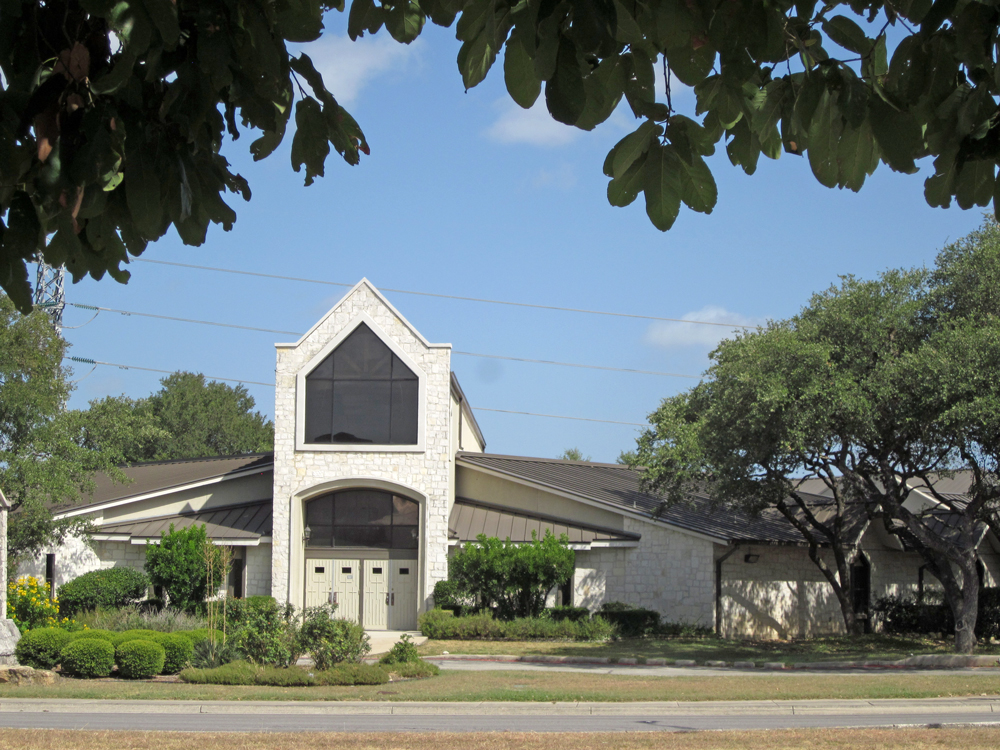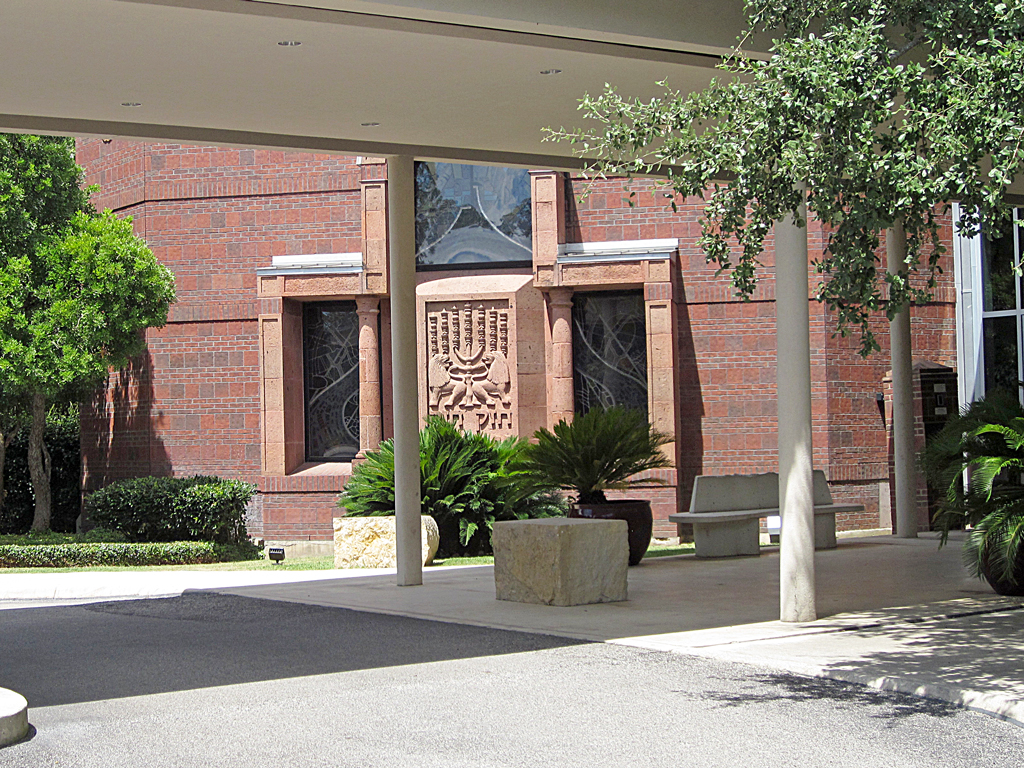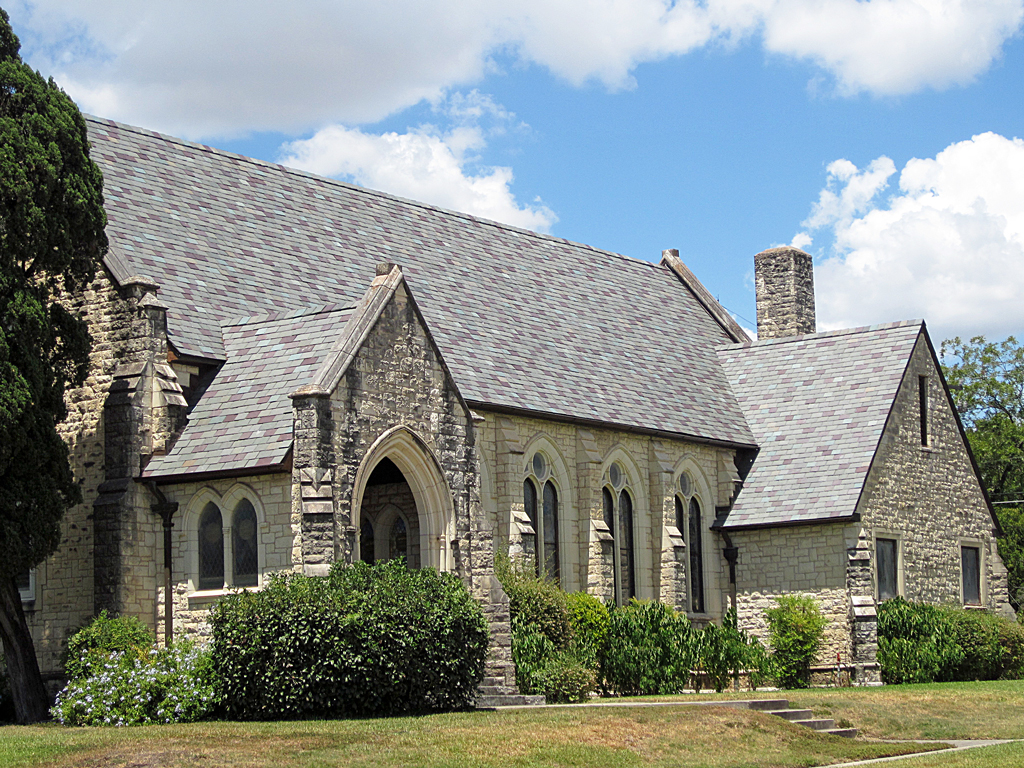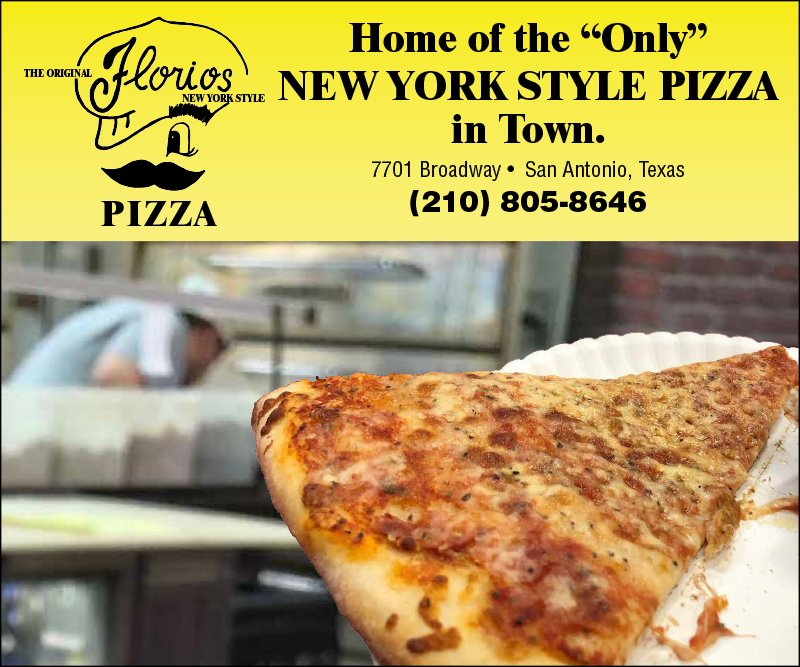


By Catherine Hudgins
Metropolitan San Antonio encompasses some of the oldest European settlements in America. Beginning in 1718, with the establishment of a military garrison, or presidio, by an expedition of Mexican soldier-settlers, the area has welcomed vast numbers of immigrants.
Many of these pioneers arrived with few material possessions – often, only what they could carry in their arms or pile into a two-wheeled cart – but every new resident brought with him or her the culture from which they sprang. And a large part of every culture is its religious beliefs.
In the Beginning
Of course, the initial history of religion in the area relates to the Roman Catholicism of the original Spanish and Mexican explorer/settlers. Mission San Antonio de Valero, which later became known as the Alamo, was built in 1718 by that first expedition on the orders of the Mexican governor of Texas who echoed the Spanish concerns about a French presence encroaching from the east. Two years later, Mission San José was established.
In the year or so just prior to the arrival of the “original” San Antonians – a group of 56 Canary Islanders credited with officially establishing the city of San Antonio in 1731 – Franciscan friars also began the other missions that now, along with the Alamo and San José, constitute the San Antonio Missions National Historical Park: Mission San Juan, Mission Concepción, and Mission Espada.
The “isleños,” as the Canary Islanders came to be called, did their part in bringing the Catholic religion to the New World; they are credited with building San Fernando Cathedral as the centerpiece of their community, which they originally named San Fernando de Bexar.
Other communities in the metro San Antonio area, though settled later and by groups other than the Spaniards or Mexicans, also have a strong Roman Catholic heritage. Castroville, for example, was founded in 1844 by a group from the Alsace region of France. Brought over by Henri Castro, the colonists’ first community project was a tiny chapel that still stands on the grounds of a former convent turned retreat center. St. Louis Catholic Church, as it was called, was built the same year they arrived and was the first church in Medina County. The “new” St. Louis Catholic Church, which descendants of the Alsatian pioneers still use, was erected 1868-70.
Boerne, originally a village called Tusculum and formally established in 1851, is home to another early Catholic presence – although not without a struggle. The area was settled in the 1840s by “freethinkers” from Germany who, in general, resisted organized religion. The Catholic presence in Boerne began as occasional visits by a priest from the cathedral in San Antonio. A fulltime priest was assigned in 1860, but built his church outside town due to local anti-church sentiment. Other denominations came to the area much later as a result of ongoing population growth: a Methodist congregation was organized in the mid-1870s, an Episcopal church in 1881, and a Lutheran one in 1891.
The Second Wave
Aside from early Boerne, most of metro San Antonio area has always been more receptive to organized religion. While Catholicism remains the largest Christian denomination in South Texas, many other religious groups have built a strong presence in the area – again, based on the immigration patterns of the early settlers, which in turn were the result of the geopolitical realities of the region and time period.
Despite their best efforts, by 1800 the Spanish policy of establishing missions to convert and use the native Americans’ labor to build a stable and loyal population had failed; many of the mission properties were abandoned or secularized. Political upheaval resulted in Texas becoming a province of the independent Republic of Mexico in 1821.
Like Spanish policy just prior to the Mexican Revolution, the new Mexican republic permitted colonization of Texas by so-called Anglo-Americans – settlers from the U.S., as well as European recipients of huge land grants, who agreed in return to recruit and transport colonies to this northern frontier area of Mexico.
Ninety percent of the American transplants were Southerners; most of the European colonists were from northern Europe and the British Isles. The majority of these new arrivals were Protestants who brought their religious heritage with them.
Of course, isolated families busy carving homesteads out of the vast and rugged South Texas wilderness initially had little time or financial wherewithal to establish or support permanent, “stand-alone” churches, but Methodist circuit riders and Baptist camp-style meetings were popular during this period of Texas’ settlement, approximately 1821 to 1840.
Once the “Texians” successfully fought for and gained their independence from Mexico, the area now comprising metropolitan San Antonio still faced one more threat. One of the reasons Texas joined the United States was to acquire help from the U.S. Army to pacify the frontier. This Army presence not only allowed the population and non-Catholic Christian denominations in South Texas to grow and flourish, but even more directly brought the Episcopalian Church to the region, since many professional officers and chaplains at the time were Episcopalians.
By 1850, an Episcopal mission had been founded in San Antonio and the first Diocese of Texas had been organized. Though St. Andrew’s Church in Seguin wasn’t built until 1875, an Episcopal congregation was active there by 1853.
Other Protestant groups also sprang to life during this era. First Protestant Church, the oldest church in New Braunfels, began holding services in 1845 and is still in operation. [Although there was an active Roman Catholic congregation in this primarily German-settled town much earlier, the first Catholic church – Sts. Peter and Paul – wasn’t built until 1871.]
Thanks to the circuit rider tradition, Methodism gained an early foothold in the region. Well-known Methodist minister John Wesley DeVilbiss preached the first Protestant sermon ever in San Antonio in 1844 and, with the help of Gustav Elley, started what became Travis Park Methodist Church. Some years later, the group also organized the Little Church of La Villita. And by 1853, a Methodist Church had opened its doors in New Braunfels.
In Seguin, Methodists established the first church in Guadalupe County. Beginning in 1841, they held services in the county courthouse until the church building was completed in 1849. By 1853, in addition to the Methodist and Episcopal congregations, Seguin had active groups of Baptists and Presbyterians. First Presbyterian Church in San Antonio has been operational since 1846.
The year 1853 also saw the establishment of Zion Lutheran Church in Castroville; the Lutheran Church in Seguin was organized in 1869.
Population growth and relative affluence drew even more people – from different cultures and holding different religious convictions – to the region. In 1874, Temple Beth-El was organized and began serving the Jewish population of South Texas. Even prior to that, Jewish organizations were active in San Antonio: the Hebrew Benevolent Society (later reorganized as a B’nai B’rith chapter) was started in the 1850s. By 1922, followers of Judaism had formed the Jewish Federation of San Antonio. Today there are Orthodox, Conservative, Reform, and Reconstructionist Jewish congregations active in the city.
Since World War II, particularly due to the missions charged to Lackland Air Force Base and the Army’s Ft. Sam Houston, many allies’ specialists-in-training and the foreign-born spouses of U.S. military personnel have brought other religions here. Islamic faithful have founded a mosque in the area. Followers of Buddha and Hinduism also find opportunities to seek religious enlightenment and communion with fellow believers. And many Christian denominations have active congregations that hold services in languages other than English. Also, the Church of Jesus Christ of Latter-day Saints dedicated a temple in 2005 – one of only 125 worldwide – in San Antonio.
Whatever your religious convictions, it is more than likely the region’s pride in its cultural diversity practically guarantees that every spiritual path runs through metro San Antonio.
Houses of Worship
The Metro San Antonio area has a diverse and energetic religious community, comprising the world’s largest, and many of the smaller religions. With thousands of houses of worship, we have presented below phone numbers from various denominational executive offices for helping you find the place of worship you might like.| Assembly of God | 417-862-2781 |
| Baptist Association | 210-525-9954 |
| Episcopal | 210-824-5387 |
| Jewish Federation | 210-302-6960 |
| Mission Presbyterian | 210-826-3296 |
| Roman Catholic | 210-734-2620 |
| Seventh Day Adventist | 301-680-6400 |
| Southwestern Texas Synod of Evangelical Lutheran | 210-379-9900 |
| United Methodist | 210-408-4500 |













